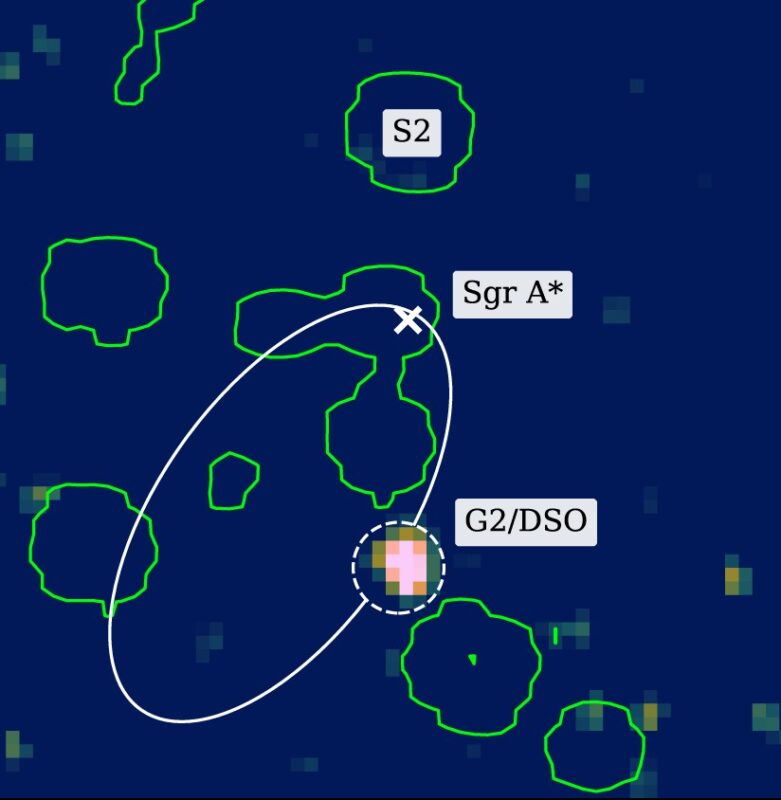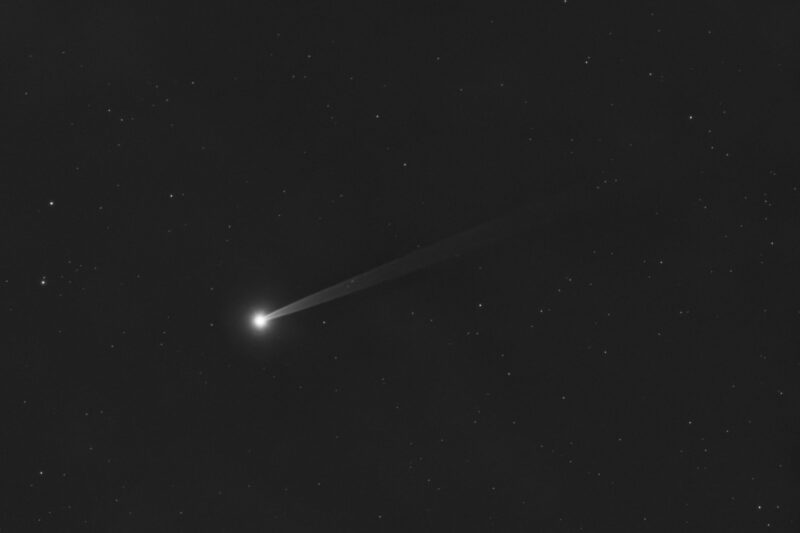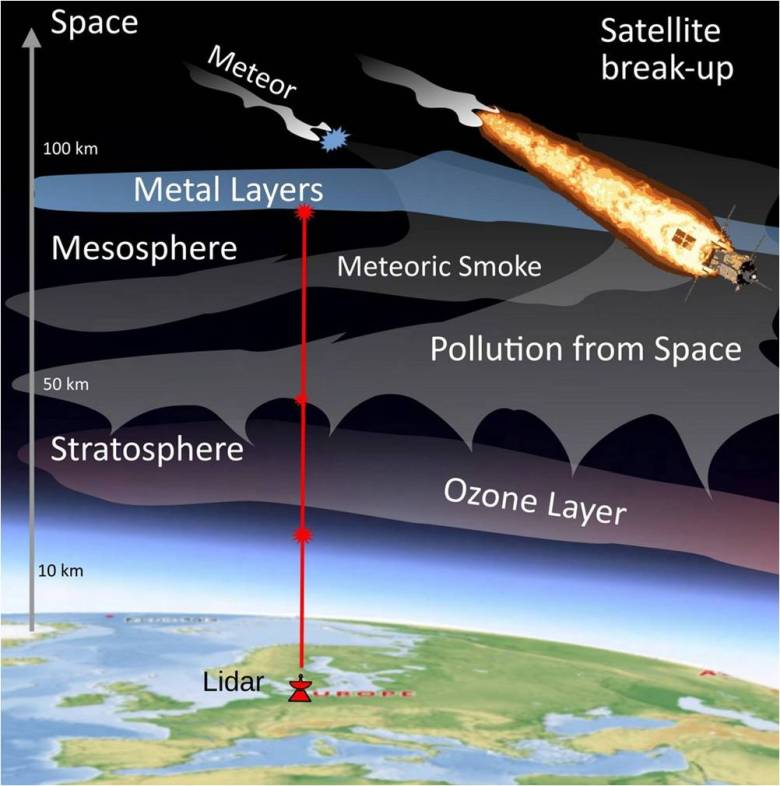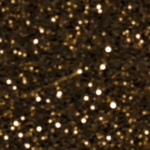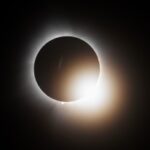Now Reading: Could black hole shadows reveal new theories of gravity?
-
01
Could black hole shadows reveal new theories of gravity?
Could black hole shadows reveal new theories of gravity?
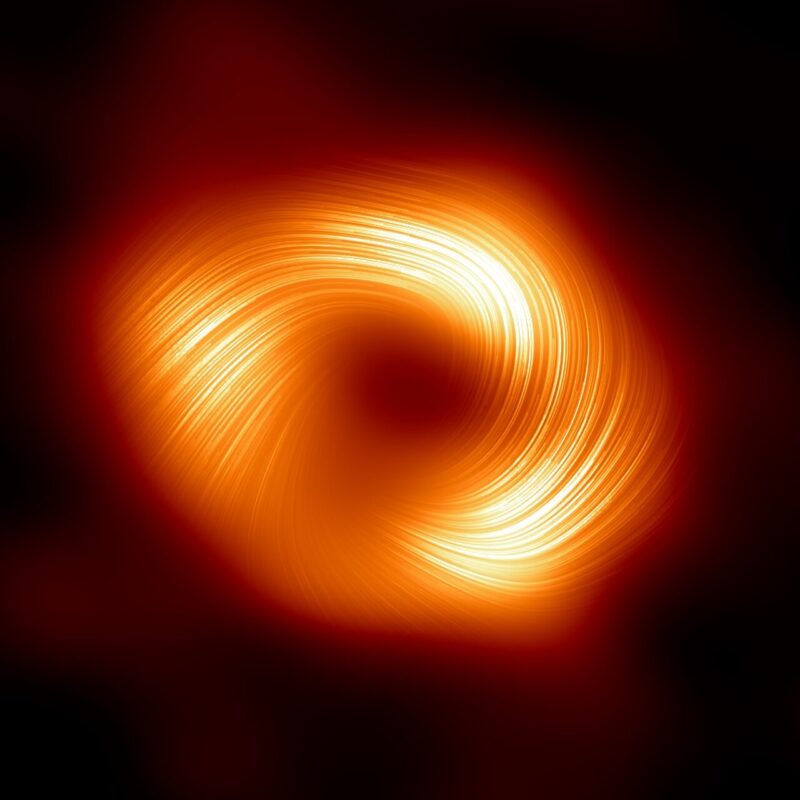

Science matters. Wonder matters. You matter.
Join our 2025 Donation Campaign today.
- A research team has developed a new method for testing whether black holes follow Albert Einstein’s theory of general relativity or one of the many alternative theories of gravity.
- Images of black holes could provide a testing ground for these alternate theories of gravity.
- The researchers used simulations to come up with measurable criteria that they can use to test these alternate theories in the future using more advanced telescopes.
Could black hole shadows reveal new theories of gravity?
A black hole is a region of space where gravity is so strong that nothing, not even light, can escape. Astronomers captured the first image of a black hole – or, technically, the light from the accretion disk around it – in 2019. On November 5, 2025, an international team of researchers said it could be possible to use images of black hole shadows to test the different theories on how black holes are created. Using future telescopes with even sharper images than we have now, astronomers believe they could determine whether all black holes behave according to Einstein’s theory of relativity or if other theories of gravity could be possible.
The researchers conducted highly complex simulations to test the various scenarios. If they could ever prove that some black holes operate on different theories of gravity, it would be a groundbreaking moment in astrophysics.
The intriguing peer-reviewed results were published in Nature Astronomy on November 5, 2025. There is also a non-paywalled preprint version of the paper available on arXiv.
High-resolution images of black hole shadows are enabling scientists to test Einstein’s theory of relativity against alternative models, with future observations expected to distinguish between competing theories.
— Science X / Phys.org (@sciencex.bsky.social) 2025-11-05T05:00:34-05:00
Black hole shadows
The study focuses on the “shadows” of black holes. Another name for this region is the event horizon shadow. The event horizon itself is the boundary around a black hole from which light cannot escape. And the event horizon shadow is about twice as large as the event horizon. This shadow captures any light passing through it, trapping it. The event horizon shadow also distorts space-time – a concept that recognizes the union of space and time – around the black hole. So both of these effects together create a “dark zone” that is about twice as large as the black hole itself.
Images that astronomers have obtained so far of black holes don’t show the black hole itself. But they do show the shadow region and accretion disk of hot material that surrounds it (which is what we see in the images). By studying the accretion disk of visible material, astronomers can learn more about the shadow region and black holes in general. As Luciano Rezzolla at Goethe University Frankfurt in Germany, who led the new research, explained:
What you see on these images is not the black hole itself, but rather the hot matter in its immediate vicinity. As long as the matter is still rotating outside the event horizon – before being inevitably pulled in – it can emit final signals of light that we can, in principle, detect.

Einstein’s theory of relativity
What we know about black holes so far fits with Einstein’s theory of relativity. Indeed, it considers the existence of black holes to be “special solutions.” The theory can account for all the bizarre characteristics of black holes, even the utterly strange event horizon.
But is it possible that other theories of gravity could also produce black holes? The researchers in the new study think it’s possible. Rezzolla said:
There are, however, also other, still hypothetical theories that likewise predict the existence of black holes. Some of these approaches require the presence of matter with very specific properties or even the violation of the physical laws we currently know.

Images of black hole shadows to test theories of gravity
Researchers want to test the theories of gravity using shadow images of supermassive black holes. These are gargantuan black holes that reside in the centers of galaxies, including our own Milky Way. To do so, scientists need two things, as Rezolla explained:
This requires two things. On the one hand, high-resolution shadow images of black holes to determine their radius as accurately as possible, and on the other hand, a theoretical description of how strongly the various approaches deviate from Einstein’s theory of relativity.
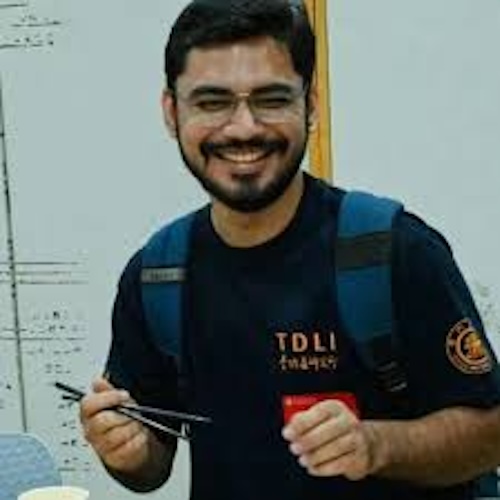
Complex simulations of black holes
The researchers used highly complex computer simulations to test various other hypothetical types of black holes. They wanted to see how similar, or different, those black holes would be from ones associated with Einstein’s theory of relativity. The simulations replicated the behavior of matter and magnetic fields in the curved space-time surrounding black holes. Lead author Akhil Uniyal at the Tsung-Dao Lee Institute in China said:
The central question was: How significantly do images of black holes differ across various theories?
Future telescopes could provide answers
The simulations don’t provide a final answer. But they do establish the necessary criteria that future telescopes can use to obtain even higher resolution images than the ones we have now from the Event Horizon Telescope (EHT). Those images could help support – or refute – alternative theories of gravity being involved in the creation of black holes. The Event Horizon Telescope has, of course, been essential in our ability to “see” black holes as clearly as we can to date. As Rezzolla noted:
One of the EHT collaboration’s most important contributions to astrophysics is turning black holes into testable objects. Our expectation is that relativity theory will continue to prove itself, just as it has time and again up to now. Even the established theory must be continuously tested, especially with extreme objects like black holes.
So far, the observations of black holes have been consistent with Einstein’s theory of relativity. But it will be interesting to see what future observations reveal. Will they hold any surprises?
Bottom line: A new international study proposes how astronomers could use future improved images of black hole shadows to test alternative theories of gravity.
Source: The future ability to test theories of gravity with black-hole shadows
Source (preprint): The future ability to test theories of gravity with black-hole shadows
Via Goethe University Frankfurt
Read more: How dark matter in exoplanets could create new black holes
Read more: Little Red Dots might indicate ancient, growing black holes
The post Could black hole shadows reveal new theories of gravity? first appeared on EarthSky.
Stay Informed With the Latest & Most Important News
Previous Post
Next Post
-
 012024 in Review: Highlights from NASA in Silicon Valley
012024 in Review: Highlights from NASA in Silicon Valley -
 02Panasonic Leica Summilux DG 15mm f/1.7 ASPH review
02Panasonic Leica Summilux DG 15mm f/1.7 ASPH review -
 03How New NASA, India Earth Satellite NISAR Will See Earth
03How New NASA, India Earth Satellite NISAR Will See Earth -
 04And Thus Begins A New Year For Life On Earth
04And Thus Begins A New Year For Life On Earth -
 05Astronomy Activation Ambassadors: A New Era
05Astronomy Activation Ambassadors: A New Era -
06SpaceX launch surge helps set new global launch record in 2024
-
 07From Polymerization-Enabled Folding and Assembly to Chemical Evolution: Key Processes for Emergence of Functional Polymers in the Origin of Life
07From Polymerization-Enabled Folding and Assembly to Chemical Evolution: Key Processes for Emergence of Functional Polymers in the Origin of Life













